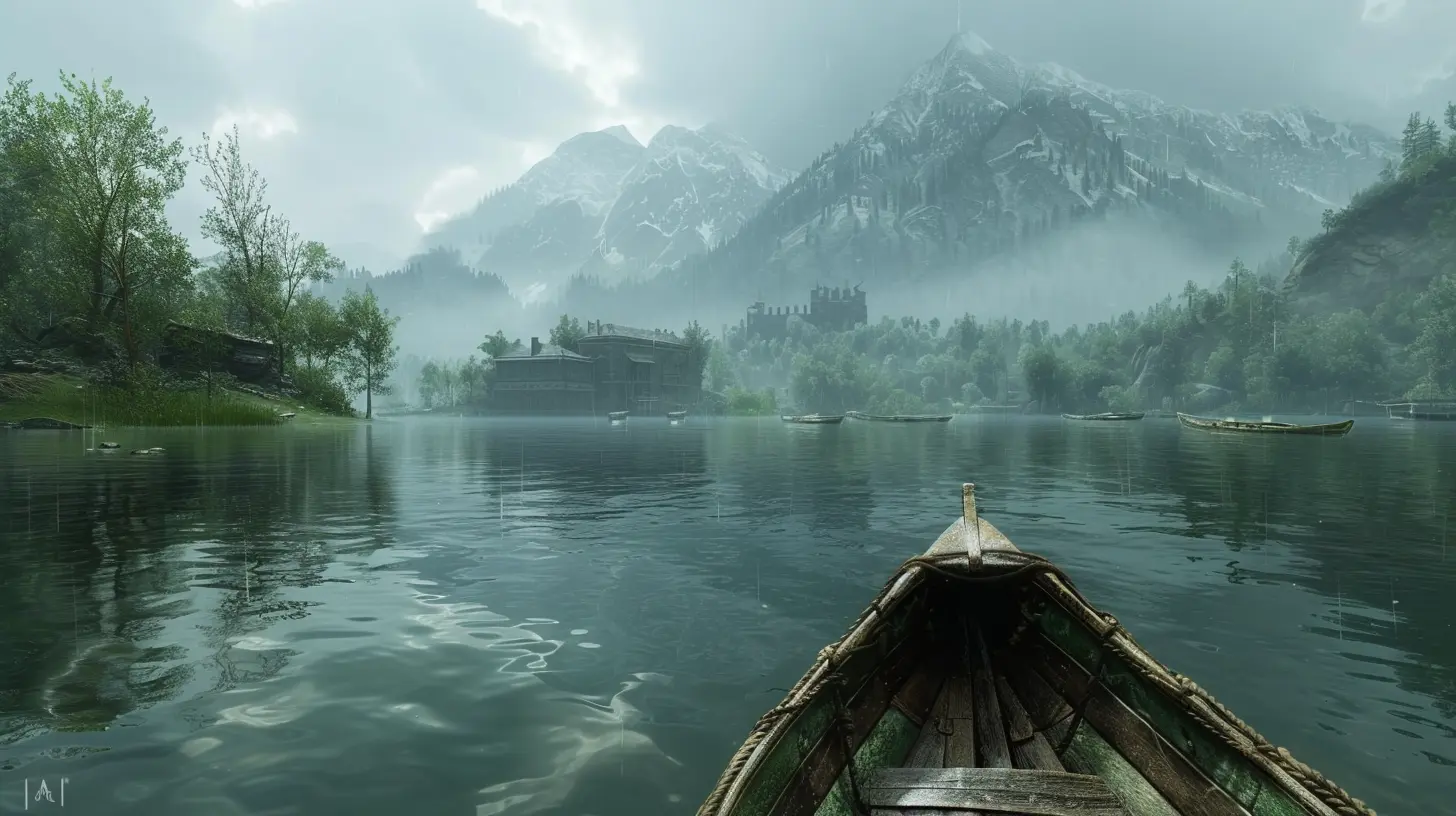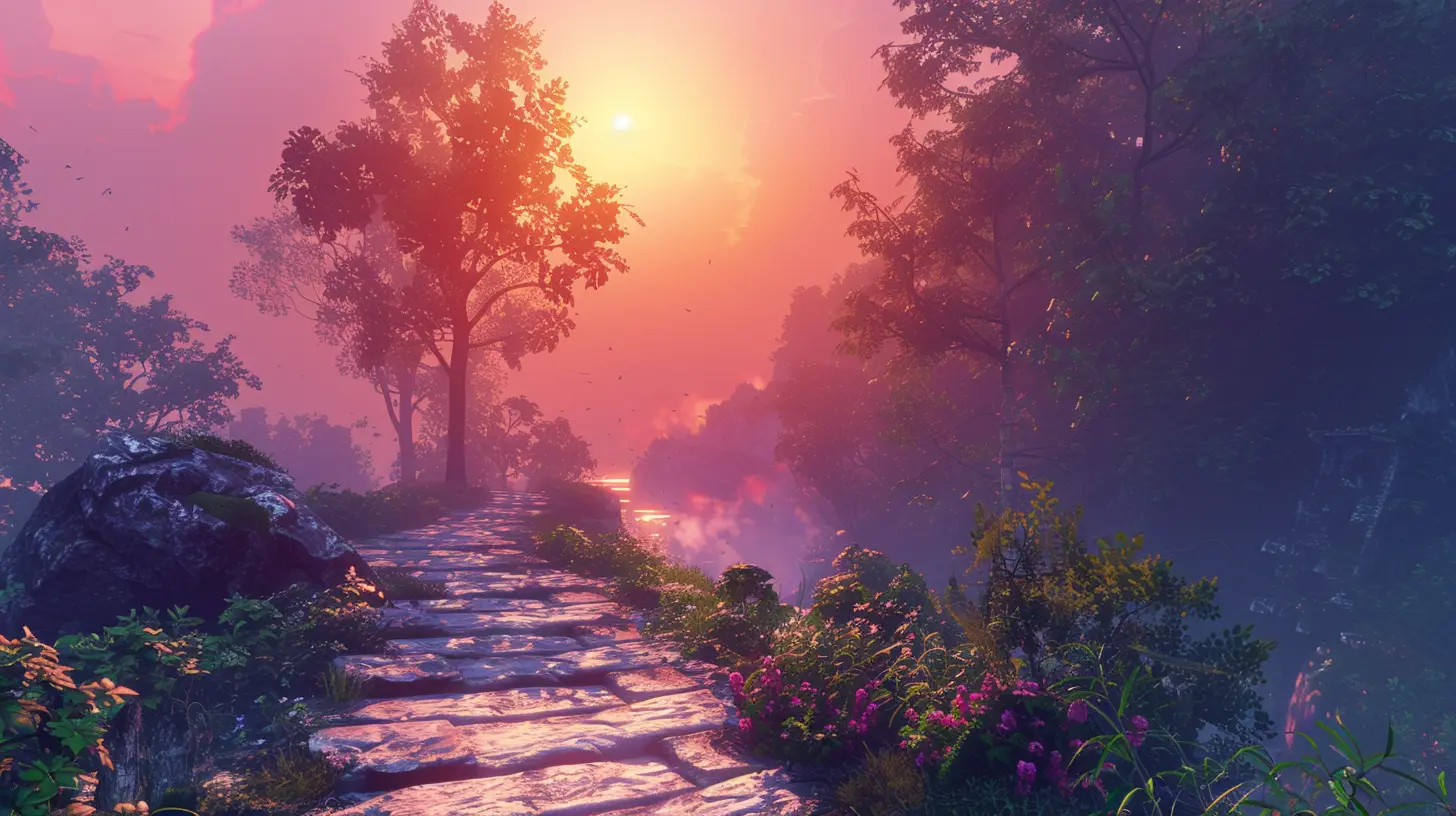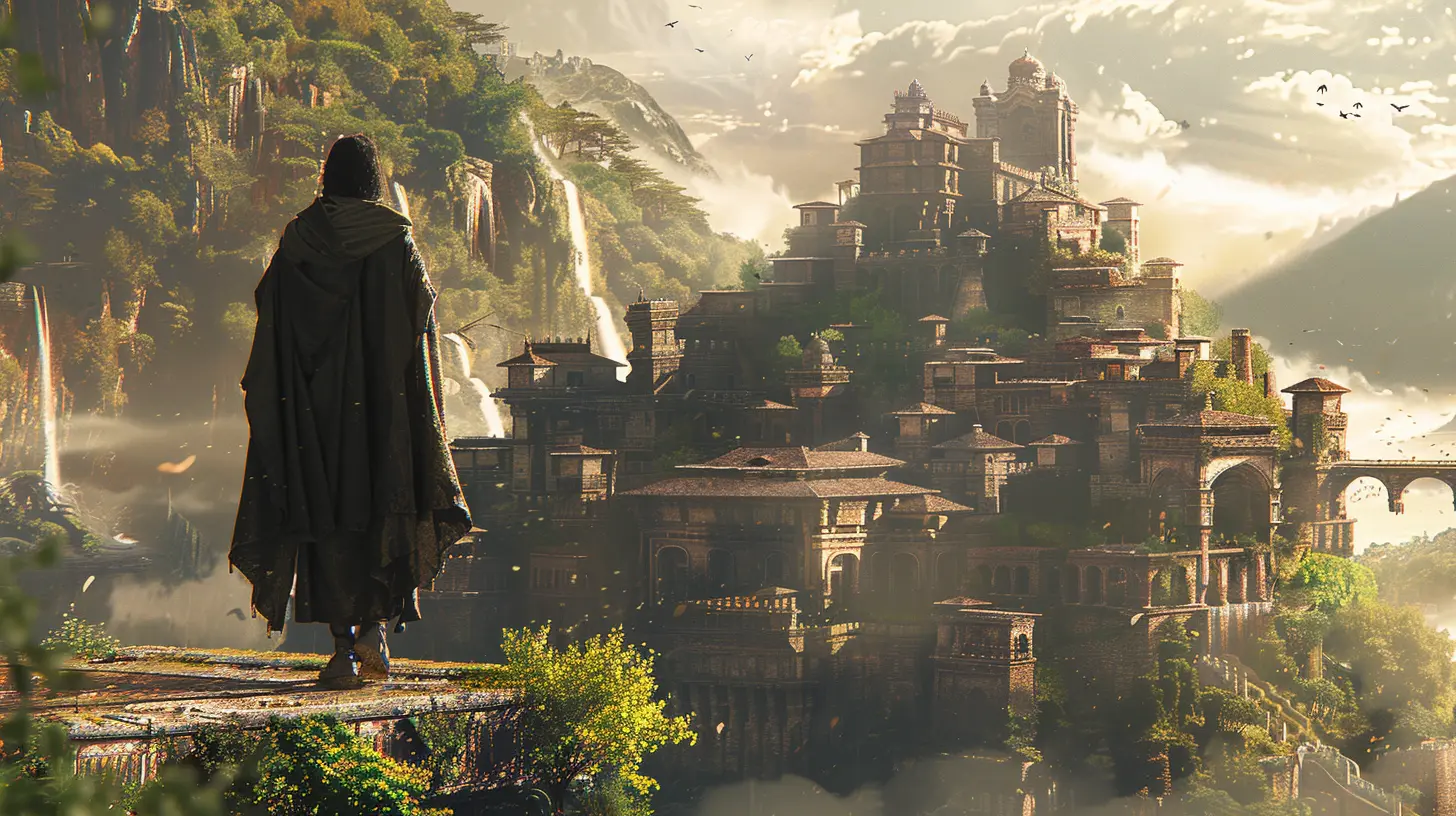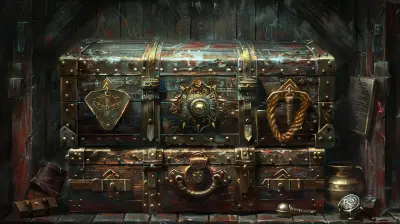Crafting the Perfect Single Player Adventure: What to Look For
27 October 2025
There’s nothing quite like diving into a great single-player adventure. It’s just you, your controller, and an immersive digital world waiting to be explored. Over the years, single-player games have continued to evolve, enveloping players in rich stories, breathtaking visuals, and gameplay mechanics that make you lose track of time (and maybe your sleep schedule). But what makes a single-player adventure truly unforgettable? What should you, as a gamer, be looking for when you’re on the hunt for that next big experience?
Let’s break it down step-by-step and explore how to craft (or find) the perfect single-player adventure. 
1. A Compelling Storyline
What’s a single-player game without an engaging story? Imagine reading a book that lacks a good plot or watching a movie with no story arc—it just doesn’t land, right? A good single-player adventure thrives on its ability to immerse you in a narrative that hooks you emotionally and intellectually.Why Does Story Matter?
Stories give purpose to your actions in a game. Whether it’s saving the world, uncovering a dark mystery, or simply following a character’s personal journey, a well-crafted storyline makes every decision and action feel meaningful. And let’s be real, who doesn’t love a good plot twist or two? Games like The Last of Us or Red Dead Redemption 2 nail this element. Their narratives suck you in and make it hard to put the controller down.Tips for Spotting a Great Story
- Look for games with strong, relatable characters.- Check if the lore or backstory of the game world feels deep and fleshed out.
- Read reviews—not for spoilers, but for glimpses of how engaging the story is.
Think of the story as the backbone of any single-player adventure. Without it, the whole experience might feel hollow. 
2. Memorable Characters
The story might be the heart of a single-player game, but the characters are its soul. A game can have a fantastic plot, but if the characters are one-dimensional or unrelatable, it’s hard to stay invested.The Importance of Character Depth
Great single-player adventures introduce you to characters that feel like real people—or at least, people you care about. Whether it’s the protagonist, their allies, or even the villains, memorable characters leave a lasting impression.Take games like God of War (2018). Kratos, with his complex relationship with his son Atreus, evolves as a character throughout the story. You’re not just playing a game; you’re watching an intricate, emotional bond unfold.
The Villain Factor
Let’s not forget about the baddies. A great antagonist can elevate the stakes of the game. Think of villains like Vaas from Far Cry 3 or GLaDOS from Portal. They’re not just obstacles; they’re an integral part of the experience.
3. Immersive World-Building
Ever played a game so immersive that you wished you could live in its world (even if it’s crawling with zombies)? That’s the power of great world-building.What Is World-Building?
World-building is creating a setting that feels alive, believable, and worth exploring. It’s not just about how the game looks; it’s about the small, intricate details that make the world feel real. Think bustling towns, random NPC interactions, hidden secrets, or weather/lighting effects that set the mood.Games That Nailed It
Open-world games like The Witcher 3: Wild Hunt and Skyrim have raised the bar for world-building. Not only do these worlds look gorgeous, but they beg you to deviate from the main story to explore every nook and cranny. And let’s not forget environmental storytelling—sometimes, a broken-down house or a blood-stained trail tells a better story than dialogue ever could.
4. Engaging Gameplay Mechanics
While story and characters are essential, let’s not ignore the gameplay—the core of what makes a game… well, a game. The way a game plays can make or break the experience quicker than you can say “Rage Quit.”What Makes Gameplay Fun?
“Fun” can mean different things depending on the type of game:- Fluid Combat: Responsive and intuitive controls are key. Think hack-and-slash perfection in Devil May Cry or the satisfying web-slinging of Spider-Man (PS4).
- Creative Problem-Solving: Puzzles can add layers to a single-player game. Titles like The Legend of Zelda series masterfully balance action with intricate puzzles that keep your brain engaged.
- Exploration and Freedom: Does the game let you approach situations in your own unique way? Games like Horizon Zero Dawn or Breath of the Wild give players the freedom to experiment and explore.
The best games find a way to merge these elements seamlessly, keeping you hooked for hours on end.
5. Sound and Visuals That Wow
Alright, let’s talk aesthetics. A stunning game world isn’t just about how many polygons the developers crammed into the visuals—it’s about the art style, music, sound effects, and atmosphere all coming together to transport you into the experience.Graphics and Art Style
Photorealistic graphics can be jaw-dropping, sure. But a unique art style can have just as much impact. Think of the vibrant worlds of Ori and the Will of the Wisps or the cell-shaded brilliance of Borderlands.The Role of Sound
Audio matters more than you’d think. A good soundtrack can set the tone for an intense boss fight or a deeply emotional cutscene. Listen to the haunting melodies of Dark Souls or the uplifting tunes of Journey, and you’ll see what I mean. Great sound design pulls you deeper into the world, making every sword clash or rustle of wind feel real.6. Replayability
Once you’ve finished the game, does it have anything left to offer? Replayability isn’t just about multiple endings or side quests (although those help, too). It’s also about whether the experience stays fresh on a second or even third playthrough.How Games Build Replay Value
- Branching Storylines: Games like Detroit: Become Human allow players to make choices that drastically affect the outcome, encouraging replay to see everything.- Hidden Secrets or Collectibles: For completionists, a game with hidden treasures or Easter eggs is pure gold.
- New Game Modes: Some single-player adventures, like Resident Evil 4, give you access to bonus game modes or challenges once you finish.
Replayability ensures you’re getting the most out of your hard-earned cash while keeping you hooked long after the credits roll.
7. Emotional Impact and Takeaways
Finally, the most underrated component of a perfect single-player adventure: how it makes you feel. Does the game make you cry, laugh, or sit in stunned silence as the credits roll?The best single-player adventures aren’t just games—they’re experiences. They leave you with stories you’ll tell your friends, and sometimes, they even make you look at life through a new lens.
Final Thoughts
Finding (or crafting) the perfect single-player adventure is a journey in itself. It’s about discovering a game where the story grabs hold of you, the characters feel like friends (or foes) you’ll never forget, and the world immerses you completely. Pair that with solid gameplay and killer visuals, and you’ve got yourself a gaming experience worth treasuring.So, fellow gamer, the next time you’re searching for a single-player masterpiece, keep these elements in mind. And who knows? You might just stumble upon a game that becomes your all-time favorite. Now, grab your controller—there’s an adventure waiting for you.
all images in this post were generated using AI tools
Category:
Single Player GamesAuthor:

Leandro Banks
Discussion
rate this article
1 comments
Vincent Barker
Embrace exploration and creativity—every adventure is a chance to discover something extraordinary!
October 27, 2025 at 4:07 AM

Leandro Banks
Absolutely! Embracing exploration and creativity elevates the single-player experience, making every moment a chance for extraordinary discoveries. Happy adventuring!


